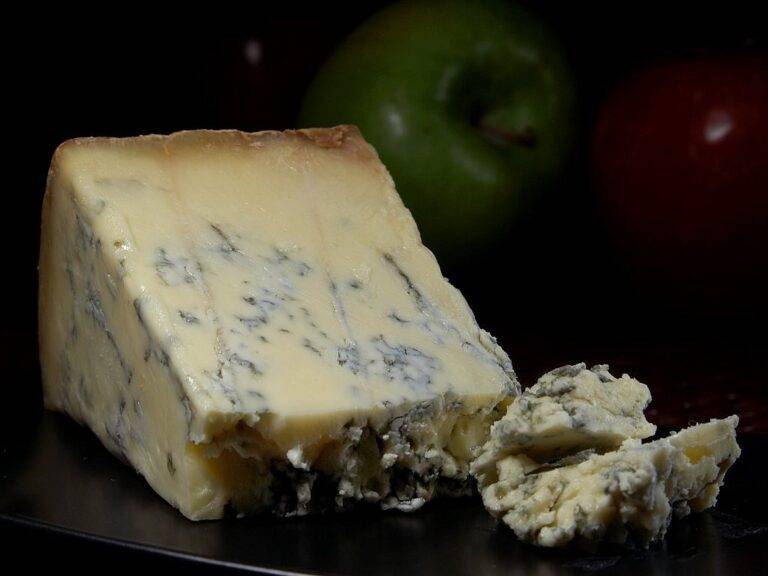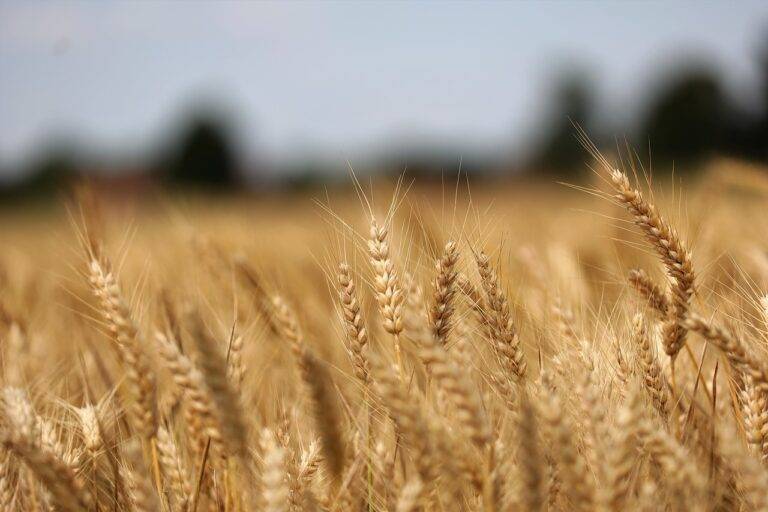Exploring the History of World Cuisines
The connection between ancient civilizations and food is profound, reflecting the cultural, social, and environmental aspects of their existence. The diet of a civilization often mirrors its agricultural practices, geographical location, and trade routes. For instance, the ancient Egyptians relied heavily on the Nile River for irrigation, leading to the cultivation of crops like wheat, barley, and flax, while also fostering the domestication of animals such as cattle and poultry.
Similarly, in Mesopotamia, known as the “cradle of civilization,” the fertile lands between the Tigris and Euphrates rivers allowed for the growth of grains like barley and wheat, along with the development of sophisticated irrigation systems. This agricultural abundance influenced the diet of the Mesopotamian people, who incorporated these staple crops into their daily meals. The importance of food in ancient civilizations extended beyond mere sustenance, playing a crucial role in religious ceremonies, social gatherings, and trade relations.
The Influence of Migration on Cuisine
Migration has played a substantial role in shaping the cuisine of various regions around the world. As people moved from one place to another, they brought with them their traditional cooking methods, ingredients, and flavors. This resulted in a fusion of culinary practices, leading to the creation of new and diverse dishes.
The exchange of culinary knowledge and techniques through migration has enriched the food culture of many societies. For example, the spice trade routes in ancient times not only facilitated the movement of goods but also introduced new spices and herbs to different cuisines. Such exchanges have contributed to the evolution of cooking styles and flavors that continue to influence modern gastronomy.
How did ancient civilizations contribute to the development of cuisine through migration?
Ancient civilizations such as the Greeks, Romans, and Chinese played a significant role in spreading their culinary practices through migration, leading to the exchange of ingredients, recipes, and cooking techniques.
How has migration influenced modern cuisine?
Migration has greatly influenced modern cuisine by introducing new flavors, ingredients, and cooking styles from different parts of the world. This has led to the fusion of diverse culinary traditions and the creation of unique dishes.
Are there any specific examples of how migration has impacted the culinary landscape?
Yes, for example, the fusion of Mexican and American cuisines in the form of Tex-Mex cuisine, as well as the adoption of sushi and other Japanese dishes in Western countries, are clear examples of how migration has shaped the culinary landscape.
What are some challenges that migrants face in preserving their culinary traditions in a new country?
Migrants may face challenges such as limited access to traditional ingredients, adapting to local tastes, and preserving traditional cooking techniques in a new environment. However, many migrants find ways to overcome these challenges and maintain their culinary heritage.
How can migration continue to influence cuisine in the future?
With globalization and increased mobility, migration will continue to play a significant role in shaping cuisine in the future. As people continue to move across borders, they will bring their culinary traditions with them, leading to further diversity and innovation in the world of food.





